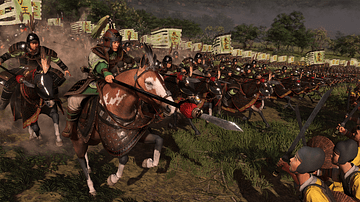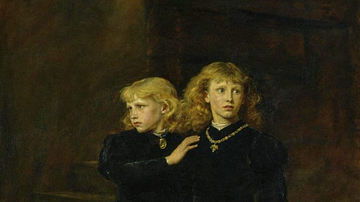Illustration
Castelluccian Culture tomb (early bronze age, 2200-1400 BCE) excavated in the rock, with a double-room and eight false pillars on the facade, in bas-relief, finely decorated with chevron engraving, triangles, circles and dots right inside. Some scholars think these signs relate to a solar cult, especially for the pointillist circles on the top of the columns; others have interpreted the linear series as an extreme stylization of the deceased. In the same area, discovered at the end of the 19th century CE, was one of the mysterious "globule bones" (pieces of long bones of animals, whose length scarcely exceeds ten centimetres, on which have been realized some globules in relief) which have also been found in Troy.
About the Author
Cite This Work
APA Style
Piccolo, S. (2017, October 23). Prince's Tomb (Cava Lazzaro, Ragusa, Sicily). World History Encyclopedia. Retrieved from https://www.worldhistory.org/image/7478/princes-tomb-cava-lazzaro-ragusa-sicily/
Chicago Style
Piccolo, Salvatore. "Prince's Tomb (Cava Lazzaro, Ragusa, Sicily)." World History Encyclopedia. Last modified October 23, 2017. https://www.worldhistory.org/image/7478/princes-tomb-cava-lazzaro-ragusa-sicily/.
MLA Style
Piccolo, Salvatore. "Prince's Tomb (Cava Lazzaro, Ragusa, Sicily)." World History Encyclopedia. World History Encyclopedia, 23 Oct 2017. Web. 13 Apr 2025.








